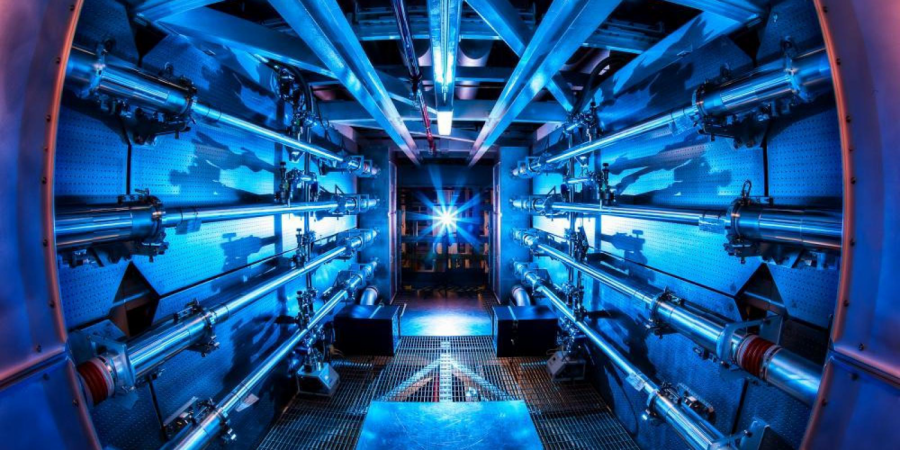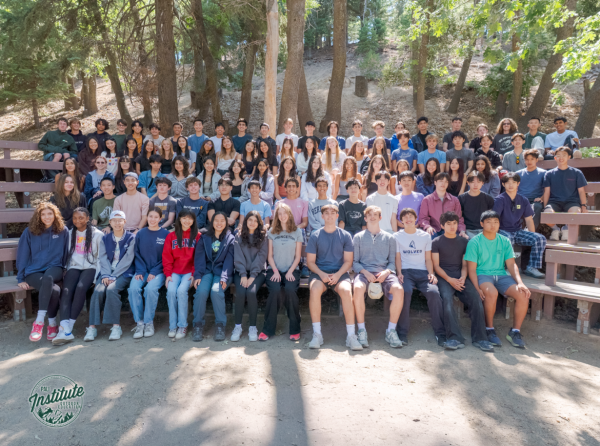Breakthroughs in Fusion Technology Foreshadow Industry Growth
Photo courtesy Huffington Post
Every second the sun produces enough energy to fulfill humanity’s current energy needs for 500,000 years. The sun has been consistently producing that kind of energy for 4.5 billion years. Early in the 20th century, scientists theorized that the fusion of hydrogen atoms into helium was creating the massive energy output of the sun. By the 1950s, engineers and scientists were attempting to simulate this chemical reaction with the intention of turning its immense energy output into electricity. It was thought that if the fusion reaction was commercialized as an energy source, it would quickly prove vastly superior to all other energy production processes. Now, the scientific community has made great strides towards turning contained fusion reactions into a viable energy source. Two groups, one a privately-held company and the other a vast global venture, are planning on building the world’s first commercially viable fusion reactors within the next decade. If they succeed, the world will have access to an effectively unlimited supply of energy.
In the 1950s and 60s, the first functioning fusion reactors were built. A number of competing nations developed fusion reactors that could produce energy, including the US, Britain and the Soviet Union. In the 60’s, a consensus emerged that the Soviet-developed “Tokamak” reactor was the most efficient, although it was far from producing more energy than was required to run it, which would make it a commercially viable technology. The tokamak reactor functions by superheating gasses in a chamber to temperatures in the neighborhood of 100 million degrees celsius. At those temperatures, the gases, including hydrogen, enter a state of matter called the plasma state. Plasma is highly volatile and too hot to be contained by any material that we currently know of, however, it has some magnetic properties that allow it to be manipulated. In a tokamak reactor, super-powerful magnets are used to contain the plasma. Over time, the fusion of hydrogen atoms into helium begins to occur in the plasma. This fusion reaction releases energy.
In 2006, 35 nations signed an agreement to collaborate on the construction of the world’s largest tokamak fusion reactor in Southern France. The goal of the project is to prove the feasibility of nuclear fusion as a large-scale energy source by creating a fusion reactor that creates more energy than is required to run it, meaning it can create a net release of energy. The project is called ITER, which means “the way” in Latin. If the project is successful, the massive reactor will be capable of producing 500 megawatts of energy after 50 megawatts of energy are used to start the fusion process. This energy will be generated with zero emissions, and its production will not be limited by the availability of resources because our supply of hydrogen is effectively limitless. The ITER reactor will not harness its energy output as electricity, but the tokamak technology it uses can be easily adapted to turn that energy into electricity. At the moment, the reactor is scheduled to start up for the first time in 2025. In the following years, the fusion technology will be studied and modified. Ultimately, the technology of the ITER reactor will be adapted and used in a commercial setting to replace current power generation facilities.
Given that fusion reactors are generally considered the future of energy production, the ITER project has faced substantial competition from the private sector. Commonwealth Fusion Systems (CFS) is a small startup founded by a young MIT graduate that is well on the way to creating a commercially viable fusion reactor. CFS’s approach to energy production through fusion differs from the traditional approach. While the tokamak reactors that CFS engineers intend on building use the same basic technology and design as traditional models, such as the one ITER is building, they utilize a different magnet technology that allows for the reactors to be downsized significantly. CFS plans on demonstrating its new magnet technology in 2025, and they claim that they will be able to produce commercially viable fusion reactors by the end of the decade. In the meantime, they have received large investments from prominent investment funds and individuals, and plan on selling their magnet technology for non-fusion-related purposes to generate extra revenue.
Fusion energy technologies are still developing and have a long way to go before they become common as an energy generation method. However, interest in this technology is strong, and competition and collaboration between public and private efforts to improve it are exactly what will make the fusion reactor the power plant of the future.











